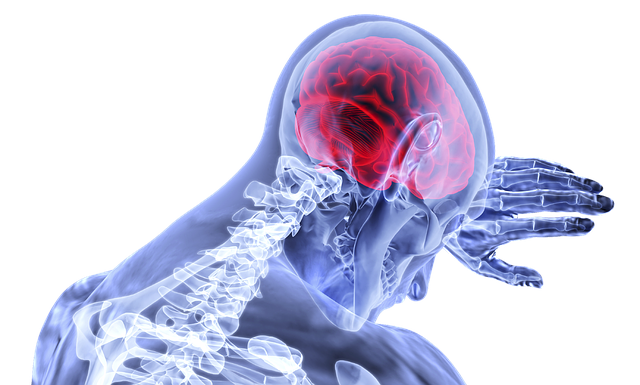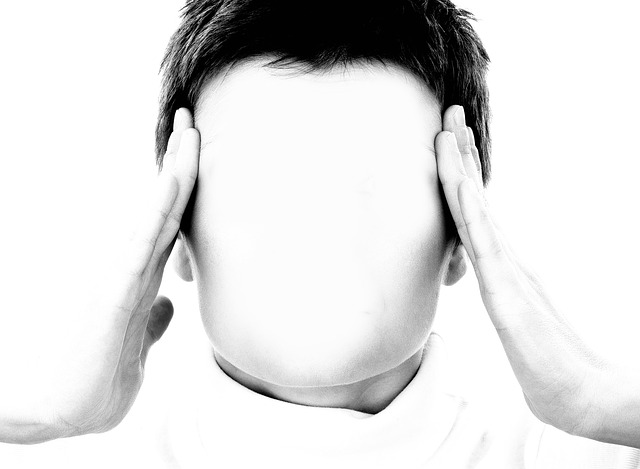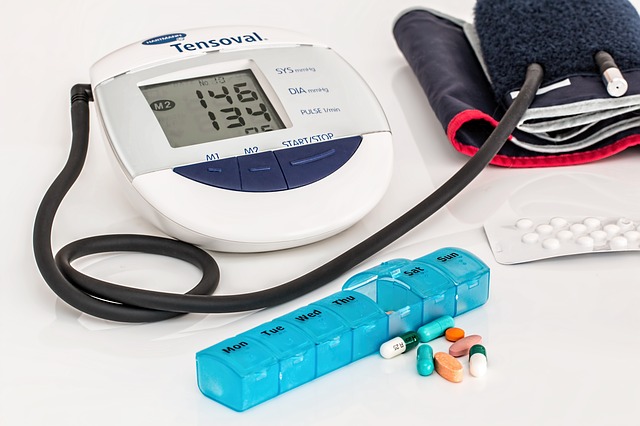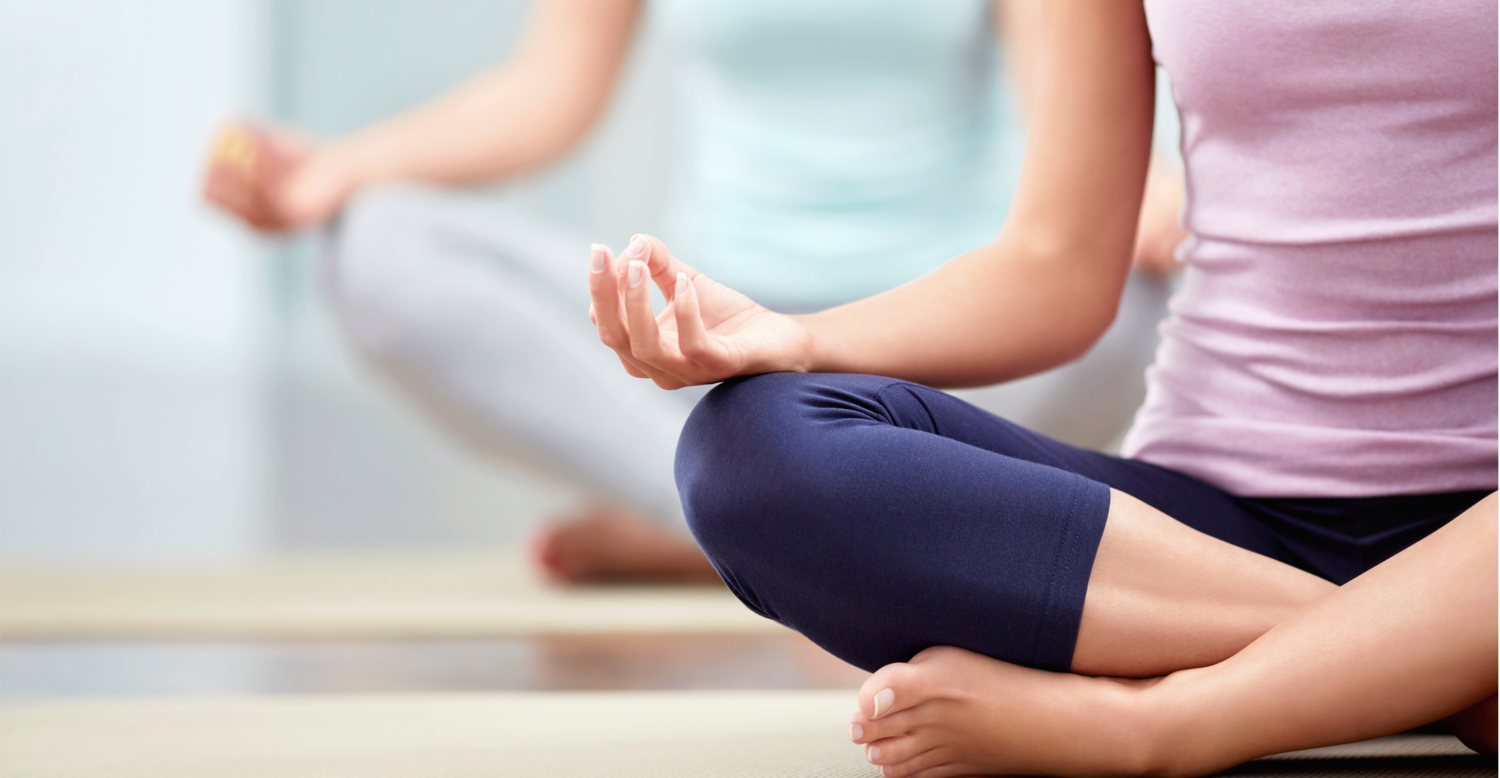Migraine, often considered a neurological disorder or condition, is a recurring, throbbing pain on one side of the head. Usually associated or preceded with signs and symptoms, these headaches last from a few hours to a few days. Migraine mainly affects people in the age group 15-55 years.

The exact cause of migraine is unclear but it is thought to be an unusual activity and imbalance of certain chemicals in the brain. Usually triggered by a variety of factors, it is experienced differently by everyone. These factors are often a combination of environmental and genetic conditions and three of these main factors are gender, family history, and other medical conditions.
The onset of migraine is usually associated with an aura that causes a flash of light and blurred vision. Migraine headache, often worsened by physical movements, and lights and sound, is often debilitating.
Causes of Migraine
Migraine is a neurovascular condition in which certain specific nerves are activated during a headache that send pain signals to the brain. What causes this activation of the nerves is yet unknown but it is thought to be caused due to unusual brain activity and some chemical imbalance.

The migraine pain-centre or generator area in the mid-brain is activated when overactive nerve cells send impulses to blood vessels in the brain which releases prostaglandins, serotonin, and other chemicals. This causes inflammation of blood vessels in the area surrounding the nerves, which subsequently causes extreme pain.
Genes also make you more susceptible to migraine and many reports have suggested a positive family history. Women experience migraine during menstrual period and are three times more prone than men.
Symptoms of Migraine
The onset of a migraine is characterized by a number of symptoms from mild to severe. The principle symptom of migraine is a throbbing, sharp pain on one side of the head. The pain is moderate to severe and worsens when there is rapid movement. The most common symptoms associated are:
- Nausea
- Vomiting
- Extreme sensitivity to light and sound
- Severe pain on movement

Few other symptoms that manifest during the attack include:
- Sweating
- Feeling very hot or cold
- Diarrhea
- Lack of concentration
- Vertigo
- Stomach ache
- Fatigue
These symptoms usually last from 3 hours to 3 days and this often tires and weakens the individual. These additional symptoms are not experienced by everyone and sometimes people may experience migraines without being sick.
Phases of a Migraine Attack:
Migraine manifests in well defined phases divided into prodrome, aura, attack, and postdrome. Each of these phases have numerous potential symptoms and their severity varies immensely.
- Prodrome Phase:
Also called the early warning phase, it usually occurs several hours or upto two days before the headache begins. It is generally experienced by 60% of the people suffering from migraine.
The symptoms of this phase include anxiety, unusual excitement and energy or irritability, fatigue, constant yawning, poor concentration, sensitivity to odour or noises, and food cravings. Aphasia, difficulty in speaking, also manifests during this. Constipation, diarrhea, constant urge of urination, mood changes, neck pain, and hyperactivity, often accompany.
- Aura Phase:
This phase occurs an hour before the headache strikes. About 20% people experience this phase but not during every attack. There are several symptoms, visual or otherwise, associated with this phase and can typically last from 5 to 60 minutes.
Aura is usually a visual disturbance but can also be sensory or motor disturbance. The major symptoms associated are blind or coloured spots, flashes of lights, tunnel vision, and zig zag lines. Sometimes there can be temporary blindness. Other symptoms include pins and needles sensations in arms and legs, numbness, and weakness in one side of the body.
Aura often serves as a warning sign and can help manage migraine at the early stage by using painkillers or abortive medications.
- Headache Phase:
This phase is characterized by the unilateral or bilateral pain in the head. This phase can last from a few hours upto 3 days. The pain during this phase varies from person to person and from incident to incident. Some attacks may be mildly painful while some may be excruciatingly painful.

Symptoms associated with this phase are nausea, anxiety, heightened sensitivity to lights, sounds, smells and movements, severe neck pain, dizziness, confusion, dehydration, aphasia, and vertigo. The inflammation of trigeminal nerve in this phase causes pain around the eyes, nose, teeth and jaw. Since there is increased sensitivity, even a simple touch causes tremendous pain.
- Postdrome Phase:
The final phase of the migraine attack, the postdrome phase, often leaves people feeling a little hungover after the attack is over. A majority of people suffering from migraine experience it. The shift from the headache to postdrome phase is often difficult to distinguish since some people often experience the same pain as an attack. Symptoms include dizziness, sluggishness, fatigue, sharp pain when bending, anxiety, and poor concentration.
- Triggers of Migraine
Plenty of factors contribute in triggering the onset of migraine. Lifestyle, environment, and habits, have a great impact on the frequency of migraine attacks. Common triggers include:
Stress:
Stress and migraine are closely linked. Depression, pain, anxiety, and excitement can lead to a migraine attack.
Hormonal changes:
Due to changes in the hormone levels during menstruation, a lot of women experience migraine attacks during periods.
Physical Causes:
Insufficient sleep, fatigue, physical overexertion, poor posture, and shoulder and neck pain, all contribute to migraine. Hypoglycemia and jet lag are also contributing factors.
Dietary Content:
Additives like tyramine, monosodium glutamate (MSG), and aspartame, trigger migraine. Other food products like cheese, yogurt, broad or fava beans, and citrus fruits, are also triggers.
Skipping Meals:
Lack of food or irregular meals are a potent trigger of migraine. Balanced meal and small snacks at regular intervals reduce the frequency of migraine.
Environmental Conditions:
Environmental factors such as extreme cold, high humidity, altitudes, loud noises, and exposure to flickering lights can induce migraine.
Caffeine and Alcohol:
Tremendous caffeine consumption can trigger the onset of migraine. However, cutting down caffeine suddenly can also be a trigger. So, gradually decreasing the intake may be beneficial. Alcohol, especially red wine because it contains tyramine, is a potent trigger.
Sedentary Lifestyle:
Limited movement may cause stiffness and muscle tension in neck and shoulders and this muscle tension is a trigger.
- Dealing With Migraines
Taking prescribed painkillers or over-the-counter medications in the early phases, can help prevent a full blown migraine attack. Frequent painkillers or over-the-counter medications can cause a medicine induced headache, so limiting the intake is often advisable.

Dietary changes are a very essential preventive measure. Avoiding consumption of foods containing tyramine, aspartame, and MSGs, can help reduce the frequency of headaches. 5-6 small meals instead of one large meal a day are beneficial. Regular and complete meals are the most important aspect of preventive cure. Limited intake of alcohol and caffeine will prevent headaches. Dehydration is one of the major triggers of migraine and staying hydrated will avoid it.
Maintaining a diary to note down the signs and symptoms experienced, can be helpful in future. You can track the foods you eat to know if they are a trigger. This can help in cutting down one triggering food at a time. Managing stress by exercise and getting enough sleep can reduce migraines.
There is no exact cure for migraine but taking precautions and prescribed medicines may make dealing with the severity of migraine a little easier.
The unpredictability of migraine attacks can often make it difficult to participate in any kind of activities. It impacts social life, relationships, careers, and often affects the quality of life, making one feel isolated. So, it is important to see a specialist or join a support group to get better by their support and tips.




